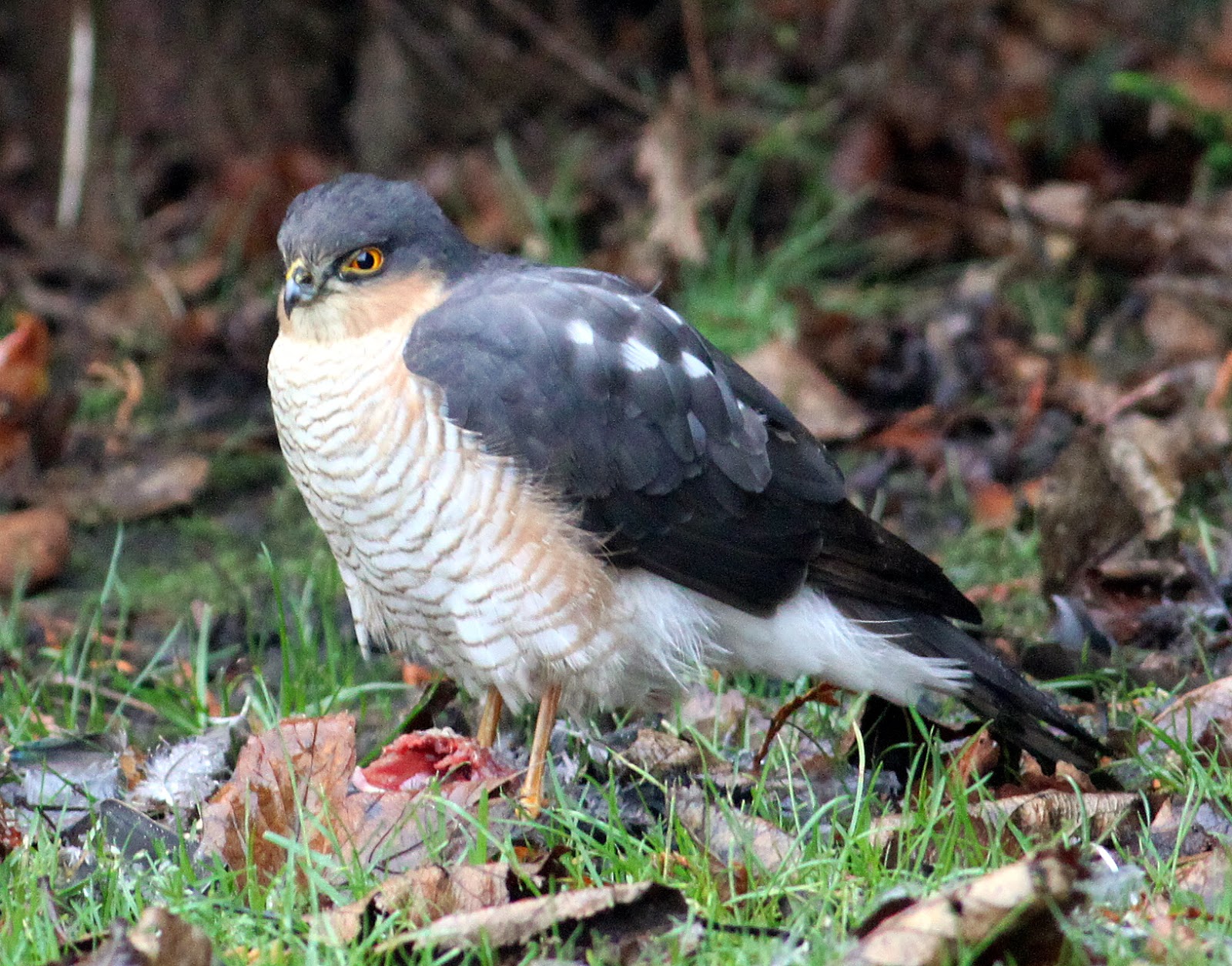A morning is always off to a flying start with a hunting Barn Owl. Soon after first light I was travelling north through Pilling when I saw a Barn Owl ahead, the bird using roadside posts as lookouts. It’s a dangerous manoeuvre for a Barn Owl with morning traffic passing quickly by when collisions with vehicles forms a major component of untimely Barn Owl deaths.
My heart was in my mouth as the owl hunted along the grassy edges of the busy A588, up and over the hedgerows and then finding new vantage points from where to wait for prey as vehicles raced by. At one point the owl lifted up from the verge carrying a mouse or vole and then sped off. The owl must have quickly swallowed the prey whole because within seconds there it was again playing the same dangerous game with passing vehicles.
I watched the bird hunt for four or five minutes before it disappeared over the fields and back to a daytime roost away from danger.
Barn Owl
I carried on up to Cockerham where the flooded fields held interest. Most of the birds were a good distance away with lots of comings and goings, much of it sparked by the regular dreads of the 100+ Lapwings. Also here were 65 Curlew, 40 Redshank, 60 Golden Plover, 2 Dunlin and 3 Ruff, the latter being two burgeoning males and a duller, smaller female.
In Spring male Ruffs develop their exaggerated head plumage, the two today being quite pale around the head even at a distance of a couple of a hundred yards, their colour, size, structure, scalloped appearance and general jizz marking them out from nearby Redshanks.
Redshank
There’s been a marked passage of wagtails this week, continued here this morning with a minimum of 24 Pied Wagtails on the flooded field. Circa 200 Starlings on the same fields and 6+ Skylarks, a few of the latter in song despite the cool and frequent showers. Across the way at Crimbles Lane I found 80+ Fieldfares chattering in the tree tops and a Stock Dove.
Pied Wagtail
It hadn’t been the best morning of weather and by Conder Green I was dodging almost continuous showers but managed to find 90 Teal, 45 Black-tailed Godwit, 4 Curlew, 15 Oystercatcher, 18 Wigeon, 8 Little Grebe 2 Tufted Duck, 1 Grey Plover, 2 Spotted Redshank, 6 Meadow Pipit and 1 Little Egret.
A tiny Sparrowhawk created something of a panic, appearing from “nowhere” then flying very low across the marsh towards then up and over the hawthorn hedgerow bordering the cycle track. It’s a superb hunting technique that Sparrowhawks and other Accipiters employ, a modus operandi stolen by the military in recent years for the design, production and perfection of “stealth” aircraft.
Sparrowhawk
The constant showers sent me back to Pilling where I stayed close to the car. On the flooded maize - 30 Lapwing, 60 Redshank and 1 Snipe. A long-dead Fox was not a pretty sight.
On the shore and in and around the trees were 16 Meadow Pipit, 2 Pied Wagtail, 2 Long-tailed Tit, 2 Jay, 2 Buzzard, 1 Kestrel, 2 Greenfinch and 1 calling but unseen Siskin.
All in all a good morning’s birding with welcome and clear signs of Spring in the wagtails, pipits, Fieldfares and Ruff.
More soon from Another Bird Blog - read it here first.
Linking this post to Anni's Birding Blog. She'd rather be birdin' - who wouldn't?
Linking this post to Anni's Birding Blog. She'd rather be birdin' - who wouldn't?


















































.jpg)












